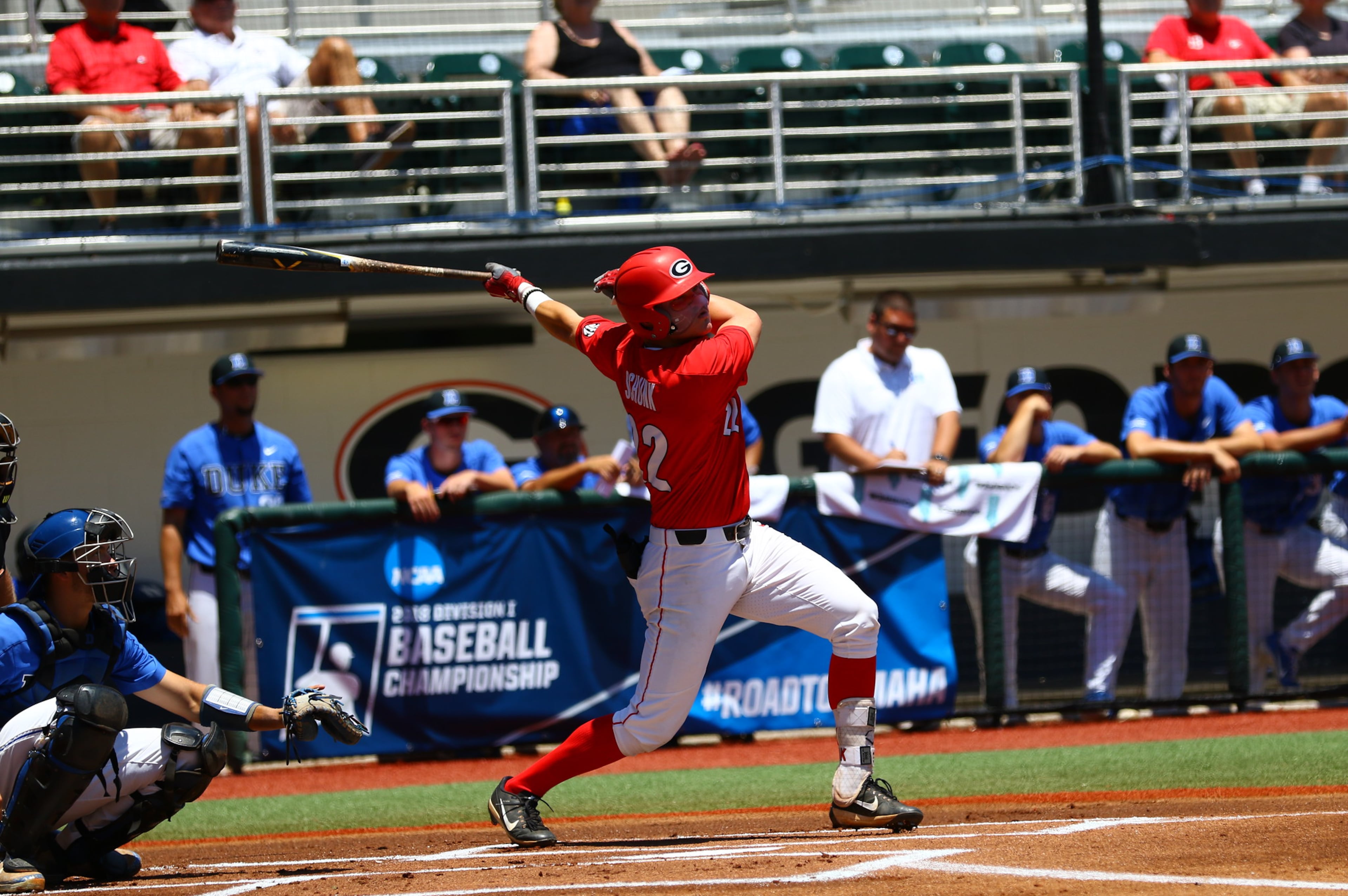Atlanta Braves
Inside the stat: What is ERA+
- What is ERA+? Earned-run average is the mean of earned runs allowed — not accounting for fielding errors — by a pitcher per nine innings pitched. ERA+ goes a step further by eliminating the environment and adjusting ERA to a ballpark for a more neutral view of pitching. Let's face it, the difference between Turner Field and Coors Field is quite big.
- The park factor. Park factors are determined by comparing runs scored and homers allowed at all fields. Turner Field has been pretty average for the past few seasons with a mean of 96 (100 is average). This means that for every 100 runs produced at other ballparks, Turner Field had 100 runs and 96 home runs for every 100 homers elsewhere. Coors Field, by contrast, produced 143 runs and 145 homers for every 100 elsewhere for a Park Factor of 144.
- Applying that to pitching. Adjusting for the player's ballpark, teams can now get a more neutral picture of a pitcher's performance. Applying the sabermetrics formula (League ERA (3.79) divided by player ERA (1.80) and then multiplied by Park Factor (96) we can establish Braves starting pitcher Julio Teheran's adjusted ERA is +202.
- Is that a good number? In ERAs, the lower the number the better. For ERA+, anything above the average of 100 is good; below 100 not so good. So far this season, the Reds' Johnny Cueto holds a league best +277 ERA+. Colorado's Juan Nicasio has an ERA+ of 93.


